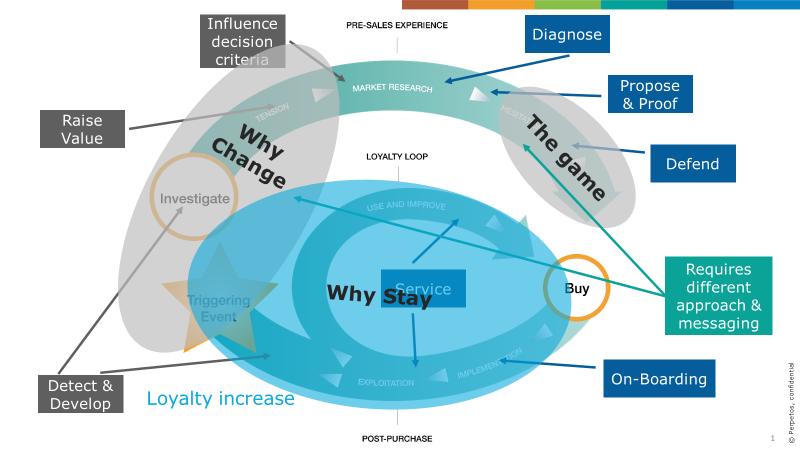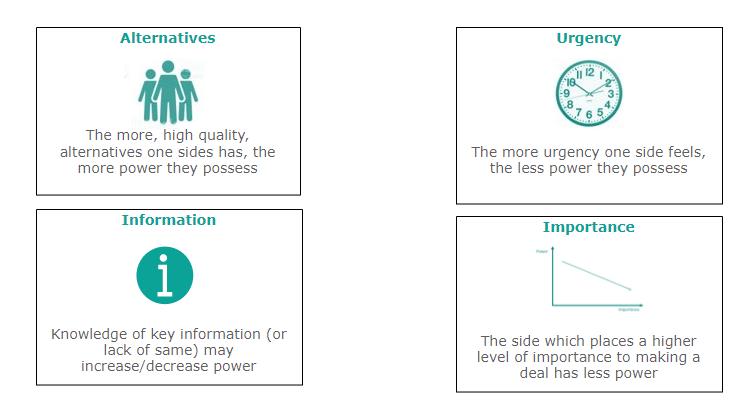We have never faced so many unpredictable parameters changing at the same time:
- Market pivoting from avoiding supply chain risk to price decrease
- Buyers are confronted with suppliers (having/still) passing on price increases
- Some material indices are currently going down (eg. due to the oil price)
- The supply chain starting to normalize but still volatile depending on region and business
- Increased pressure from customers’ top management for procurement to “lower cost”
- Increasing need to defend value which require moving from cost-plus to value-based pricing models
All of above leading to customer conversations being tougher than ever before.
The challenge for sales teams can be divided in 3 large buckets:
1. Doing the right things at the wrong time leading to poor impact
- Trying to influence the customer perceived value during the negotiation
- Accepting concessions while there are still unsolved obstacles
- Lack of preparation needed to have a good A/B win strategy
2. Wrong or no assessment of the Balance of Power
- Mis-reading the level of power you have over the customer
- Not having access to key influencers and allow purchasing to keep you from talking to the business leaders
- Lacking strong ‘why stay’ messaging to defend and increase the share of wallet
3. Taking negotiations tactics too seriously
- Techniques such as good cop/bad cop, pencil sharpening, red herring and selective memory are no more than tactics to get discount
- Discount does not exist. It should be an exchange of value
- Lack of confidence in the offering, services and pricing as if the competitors don’t have their own problems. A reality easily forgotten during the negotiation game
The most important insight to gaining rapid impact on upcoming negotiations is acknowledging that Negotiation is no more than a game with lot’s of activities before and after. In other words, detect and change selling tactics depending on being ‘in’ or ‘out’ of the game as shown on the customer journey image below.
Sellers spend way too little time in the Why Change phase which is the only time to sell value as explained in our blog “How to get started with value selling“

Negotiation, like the game of chess, is a matter of making a move and anticipating the next move of your customer.
Most sellers believe the balance of power lies with the customer. As a consequence, they often make unnecessary price concessions to win the business. Recent research shows that less than 25% of professional buyers award contracts to the lowest bidders. Clearly price isn’t the only issue buyers are concerned about. Power is critical to any negotiation. Having the upper hand on the balance of power allows you to control the endgame
The balance of power in any negotiation is in the minds of both the buyer and the seller and comes from several sources:

Conducting an analysis of our strengths, and the risks the customer faces, may reveal we have more power than we think
Negotiation is the process of coming to an agreement. Remember the quote from Benjamin Franklin:
By failing to prepare, you are preparing to fail



 Pascal Persyn
Pascal Persyn